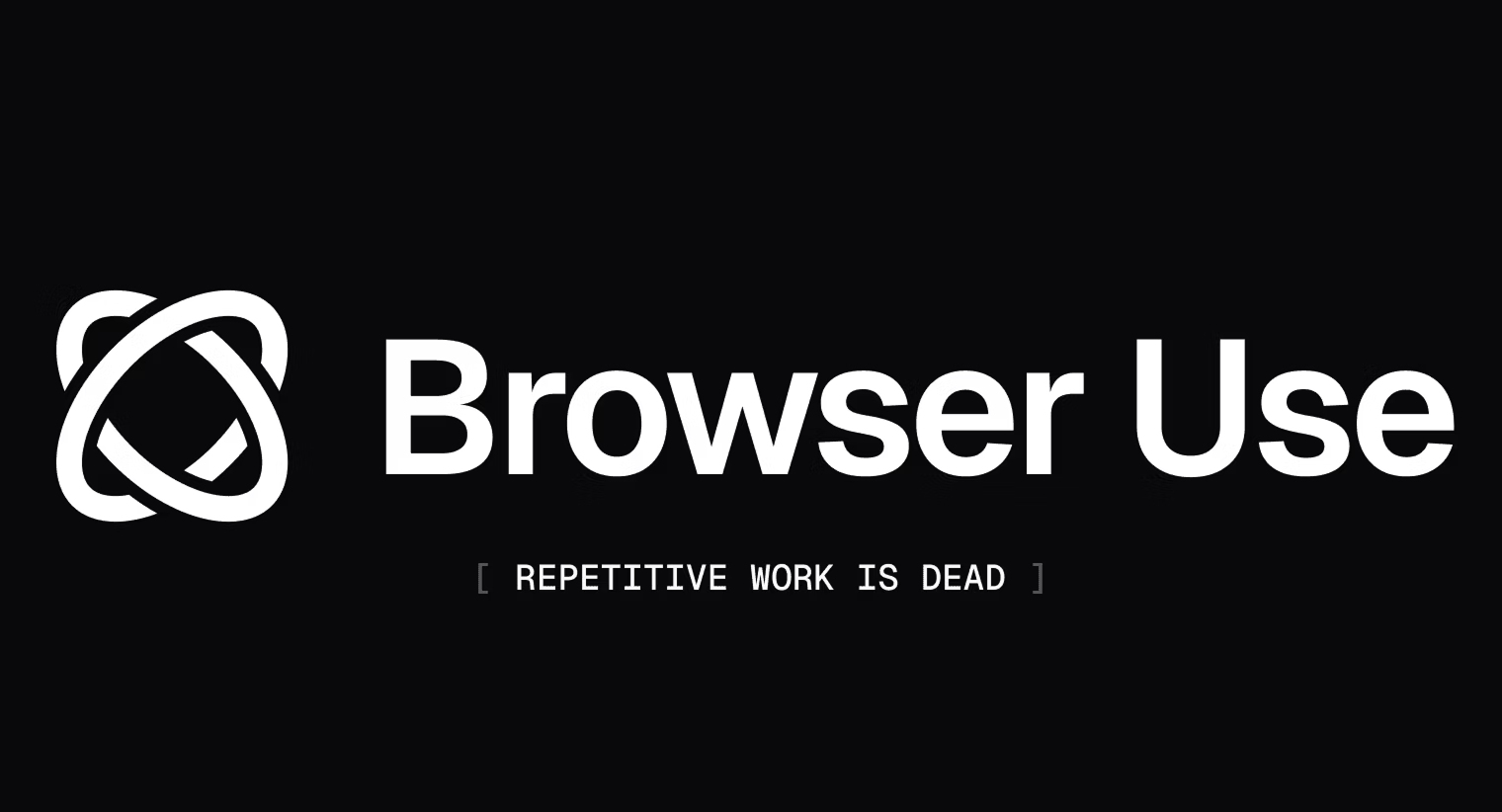Overview
When we built the first version of AgentWeb, we needed more than a typical scraping framework—we needed a way for LLM agents to act on the internet like humans. That meant clicking buttons, filling out forms, navigating dropdowns, and reacting to dynamic content across hundreds of real-world websites.
We evaluated several solutions, but only one stood out: browser-use.
Built with language models in mind, browser-use gave us a flexible, model-agnostic foundation for browser-level control. It enabled us to move fast, layer in AI reasoning, and support complex marketing workflows out of the box.
Today, browser-use is still a core part of our production stack, powering everything from lead scraping and paid ad execution to CMS updates and competitor research.
Why We Chose browser-use
As an LLM-native automation platform, AgentWeb needed more than Playwright or Puppeteer bindings—we needed something that spoke the same language as our agents. browser-use delivered:
🗣 Natural Language Task Execution
Agents can describe what they want to do in plain English. browser-use turns those goals into structured actions and executes them through a headless browser.
🔁 Multi-Model Compatibility
Our platform integrates with OpenAI, Gemini, Claude, and DeepSeek. browser-use made it easy to swap models based on task type, latency, or cost.
🧩 Extensible Action Registry
We extended the action system with domain-specific tasks like lead extraction, Shopify tagging, and Google search result parsing—all without breaking the core API.
🧭 Execution Monitoring
Tasks are traceable, debuggable, and auditable. We use the built-in execution logging to review how agents interact with real-world websites in production.
Lessons From Production
Using browser-use at scale came with a few key learnings:
- Model-Specific Behavior:
Gemini, for example, required extra handling for structured tool usage—something we’ve worked around with prompt tuning and input sanitation. - Memory Stability:
We’ve had to manage the optional memory module (mem0ai) carefully to avoid resource issues. - Version Awareness:
With frequent updates, we now lock versions and run regression tests before every upgrade to avoid breaking workflows.
Despite these nuances, the core framework has remained stable, adaptable, and extremely valuable for iterative development.
What We’ve Built on Top
AgentWeb helps teams run marketing campaigns—from research to reporting—with intelligent agents that can execute across the web. On top of browser-use, we’ve enabled:
- Marketplace scraping and competitor research
- Automated ad launches and reporting
- Dynamic CMS content updates
- UGC aggregation and publication
- Form handling and DMs across social platforms
Our agents plan tasks using multi-agent reasoning, then use browser-use to execute them live in the browser. This separation of planning and execution has proven robust and scalable.
Looking Ahead
As we continue to grow AgentWeb’s capabilities, we’re excited to support and build alongside the browser-use community. We see massive potential in combining model-agnostic browser control with domain-specific agents that understand marketing, sales, and growth workflows.
If you're building something similar—or just want to see browser-use in action—check out agentweb.pro, get onboarded by Emma for a Free GTM Strategy here, or connect with us directly.
Thanks again to the browser-use team for building a flexible, forward-looking tool that made AgentWeb possible.
— Rui Wang, CTO, AgentWeb
.png)




